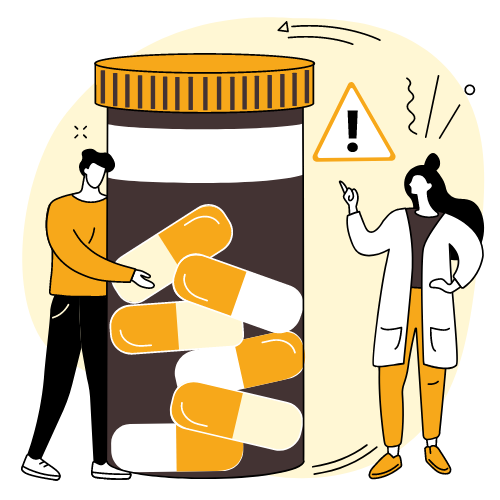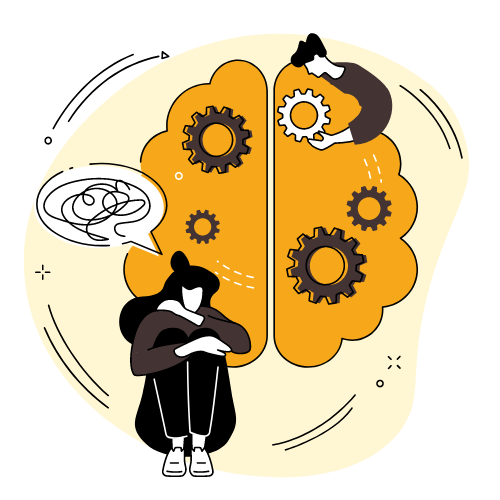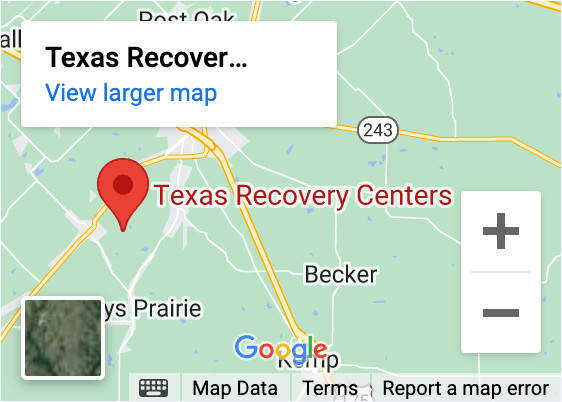The terms “addiction” and “dependence” are often used interchangeably in everyday conversation, but they represent distinctly different conditions that require different approaches to treatment. Understanding this difference can help individuals and families make more informed decisions about treatment options and reduce the stigma that often surrounds both conditions.
This distinction isn’t just academic, it has real implications for how medical professionals approach treatment, how insurance companies cover care and how individuals understand their own experiences with substances. Recognizing whether someone is dealing with dependence, addiction or both conditions simultaneously guides families toward the most appropriate resources and support systems.
Many people experience confusion about these terms because both conditions can involve similar substances and sometimes overlapping symptoms. However, the underlying mechanisms, motivations and treatment approaches differ significantly between physical dependence and the complex behavioral condition we call addiction.
Understanding Physical Dependence
Physical dependence occurs when the body adapts to the regular presence of a substance and requires it to function normally. This biological process happens because the brain adjusts its chemistry to accommodate the substance, creating a new baseline that includes the drug’s effects.
When someone with physical dependence stops using the substance, they experience withdrawal symptoms as their body readjusts to functioning without it. These symptoms are the body’s way of signaling that it has become accustomed to the substance and needs time to return to its previous state of balance.
Physical dependence can develop with many substances, including prescription medications taken exactly as prescribed by a doctor. For example, people who take prescription opioids for chronic pain or benzodiazepines for anxiety may develop physical dependence without ever misusing their medication or experiencing the compulsive behaviors associated with addiction.
The key characteristic of physical dependence is that it’s primarily a biological response. Someone can be physically dependent on a medication while taking it responsibly, following medical guidance and experiencing no negative impact on their daily life or relationships.

What Defines Addiction
Addiction involves compulsive substance use despite negative consequences. Unlike physical dependence, addiction is characterized by behavioral and psychological components that drive continued use even when that use causes significant problems in someone’s life.
People with addiction often continue using substances despite losing jobs, damaging relationships, facing legal problems or experiencing serious health consequences. The compulsive nature of addiction means that logical decision-making becomes impaired, and the drive to use substances overrides other priorities and responsibilities.
Addiction typically involves changes in brain chemistry that affect judgment, motivation and memory. These changes help explain why people with addiction often make choices that seem irrational to outside observers, including continuing to use substances when the negative consequences clearly outweigh any perceived benefits.
The psychological components of addiction can include using substances to cope with stress, anxiety or depression, experiencing intense cravings when not using and feeling unable to enjoy life or manage daily challenges without substances.
How the Conditions Can Overlap
Many people experience both physical dependence and addiction simultaneously, which can make distinguishing between the conditions challenging. Someone might begin taking prescription medication appropriately, develop physical dependence through normal biological processes, and then progress to addictive behaviors if they begin misusing the medication.
The presence of physical dependence doesn’t automatically indicate addiction, just as addiction can exist without significant physical dependence. Some substances that carry high addiction potential, such as cocaine or methamphetamine, may not create the same type of physical dependence associated with opioids or alcohol.
Understanding this overlap helps explain why withdrawal management alone isn’t sufficient treatment for addiction. Someone may successfully complete detoxification and eliminate physical dependence while still struggling with the behavioral and psychological aspects of addiction that drive continued use.
Treatment Implications
The distinction between dependence and addiction significantly impacts treatment planning and approach. Physical dependence primarily requires medical management during withdrawal, often involving medications and monitoring to ensure safety and comfort as the body readjusts.
Addiction treatment must address the behavioral and psychological factors that drive compulsive use. This typically involves counseling, behavioral therapy, support groups and long-term recovery planning that goes far beyond managing physical withdrawal symptoms.
Someone who has developed physical dependence on prescription medication but doesn’t exhibit addictive behaviors might need medical supervision to safely discontinue the medication without requiring extensive addiction treatment services.
Conversely, someone with addiction typically needs comprehensive treatment that addresses underlying mental health issues, develops healthy coping strategies and creates support systems for long-term recovery, even if physical dependence isn’t present.
Insurance and Healthcare Considerations
Insurance coverage for treatment often depends on proper diagnosis and understanding of whether someone is dealing with dependence, addiction or both conditions. Some insurance plans may cover medical detoxification for physical dependence while requiring different authorization for addiction treatment services.
Healthcare providers use specific diagnostic criteria to determine whether someone meets the criteria for substance use disorder (the clinical term for addiction) versus physical dependence. These determinations affect treatment recommendations and insurance coverage decisions.
Accurate diagnosis also helps healthcare providers set appropriate expectations for treatment duration and intensity. Physical dependence might resolve within days or weeks of stopping substance use, while addiction typically requires ongoing treatment and support over months or years.
Reducing Stigma Through Understanding
Much of the stigma surrounding substance use problems stems from misunderstanding the difference between addiction and dependence. Recognizing that physical dependence can develop through appropriate medical use helps reduce judgment toward people who need medication for legitimate health conditions.
Similarly, understanding addiction as a complex medical condition rather than a moral failing helps create more compassionate responses to people struggling with compulsive substance use. Both conditions deserve medical attention and support rather than shame or judgment.
Educational efforts that clarify these distinctions help families, employers and communities respond more appropriately to individuals dealing with substance-related problems. This understanding can improve access to treatment and reduce barriers that prevent people from seeking help.
The Role of Tolerance and Withdrawal
Tolerance (needing increasing amounts of a substance to achieve the same effect) can occur in both dependence and addiction but for different reasons. In physical dependence, tolerance develops as a normal biological response to regular substance exposure.
In addiction, tolerance often develops because increasing amounts of the substance are needed to achieve the desired psychological effects, such as escaping emotional pain or achieving euphoria. This distinction helps explain why simply reducing tolerance through detoxification doesn’t resolve addiction.
Withdrawal symptoms also serve different functions in dependence versus addiction. In physical dependence, withdrawal represents the body’s adjustment process and typically resolves once the substance is eliminated. In addiction, fear of withdrawal often becomes one of many factors that perpetuate continued use, along with psychological cravings and behavioral patterns.
Moving Toward Recovery
Whether someone is dealing with physical dependence, addiction or both conditions, professional assessment and treatment planning provide the best outcomes. Medical professionals can evaluate individual circumstances and recommend appropriate treatment approaches based on specific needs and conditions.
Recovery from either condition is entirely possible with proper support and treatment. Understanding the difference between dependence and addiction helps set realistic expectations and choose treatment approaches most likely to succeed for each individual situation.
If you or someone you love needs help understanding the difference between addiction and dependence or requires professional assessment and treatment planning, expert guidance can clarify these complex issues and point toward effective solutions. Texas Recovery Centers, located at 6950 Shady Ln, Scurry, TX 75158, offers comprehensive evaluation services and individualized treatment planning designed to address both physical dependence and addiction. Call 888-354-2194 today to speak with our knowledgeable team about getting the right type of help for your specific situation.













